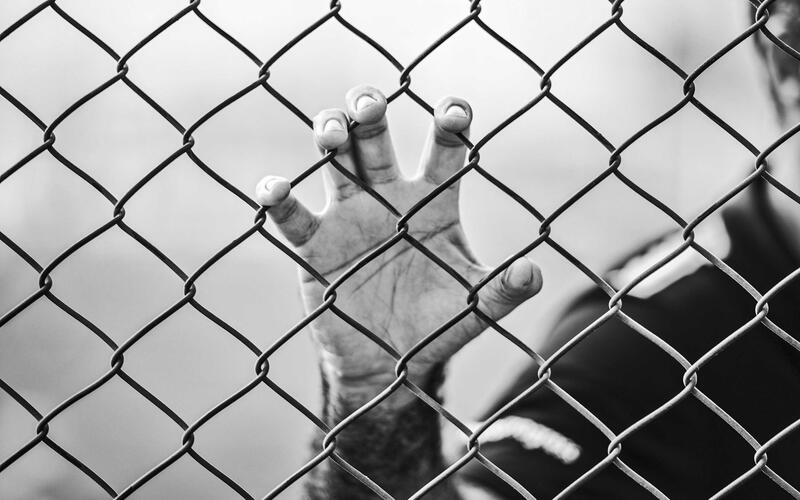Reframing environmental racism as a form of criminalization: Actualizing Critical Environmental Justice

Reframing environmental racism as a form of criminalization: Actualizing Critical Environmental Justice
Critical environmental justice provides an important inquiry into the systems that guide criminalization and it’s connections between prison systems and disposable populations. Dr. Pellow reveals the worrisome overlap between environmentally toxic communities and mass incarceration.
Pellow, D.N. (2021), Struggles for Environmental Justice in US Prisons and Jails. Antipode, 53: 56-73. https://doi.org/10.1111/anti.12569
As it stands, low-income households and people of color face more environmental burdens than their wealthy and white counterparts. The shift to include marginalized communities in decision-making for distribution and placement of environmental burdens necessitates an environmental justice lens. New research exposes the overlap between environmentally toxic communities and heavily policed and incarcerated populations, encouraging the need for comprehensive environmental policy with respect to social wellness. The impacts of pollution are unevenly distributed, and the burden often falls on the most vulnerable populations - incarcerated people.
Dr. David Pellow from the University of California at Santa Barbara takes this engagement a step further. In his article “Struggles for Environmental Justice in US Prisons and Jails,” Pellow analyzes how state sanctioned criminalization of Black and Brown people leads to environmental inequity. Because these populations are already regarded as dispensable, there is little inclination to address environmental burdens in these communities. In this article, Pellow focuses on how politics of dispensability (who is allowed to suffer and who is allowed to prolong suffering) govern our society. This new approach is called “critical environmental justice.”
The United States imprisons more people than any other country in the world, and it has the worst reoffending rate. Given that environmental hazards are disproportionately placed in and around prisons, Pellow views analyzing the larger prison system structure as a necessary entry point in discussing critical environmental justice. He highlights the story of Bryant Arroyo. While incarcerated, Arroyo organized his fellow inmates to write letters to protest the construction of an $800 million coal plant next door to the prison. The protesters were able to prevent the building of the plant, but the health and wellbeing of prisons should have been a given. Though celebratory, these events expose the reality of environmental injustice and criminalization: when certain communities are considered deserving of punishment, their suffering is ignored - even justified.
Pellow cites abolition ecology as a crucial aspect of transforming society into both a sustainable and just one. Abolition ecology posits that, if we focus on removing the conditions that lead to incarceration (lack of community resources, poverty, bigotry, etc.), we can make prisons (and the systems that support them) obsolete. Prisons have direct impacts on human and non-human ecosystems. They pollute the air, produce sewage, chemical toxins, and hazardous materials. The human and environmental health damages unevenly affect the health of prison populations and the neighboring communities. For example, since 2006, multiple sewage spills out of the Monroe Correctional Complex, north of Seattle, Washington, poisoned the fish in the Skykomish River. High risk prison operations put these populations more at risk. For example, multiple facilities across the United States employ prison labor in hazardous electronic waste recycling, which endangers inmates and the surrounding community.
Pellow’s development of critical environmental justice provides a grounded beginning for repairing the human and environmental harms caused by mass incarceration. By focusing on the needs of the people most affected by environmental issues, Pellow argues that we can begin to better understand the steps necessary to remove these environmental issues and strengthen community ties in the process.




